The use of methodologies Appropriate solutions help improve IT security. Managing this aspect has gained importance over the years. After all, without it, an organization's information assets are put at risk. To learn how to protect them, you'll find answers to key questions below.
What is security and IT security management?
Information security management (IT) is a complex process. Includes the use of procedures and technologies to protect an organization's assets. The objective is to keep both internal and external threats at bay. In addition, a decision-making framework is established that allows the main goals to be met.
Also included are activities such as the identification of critical assets, the risk assessment or implementation of appropriate controls. The IT government focuses on strategy and decision making at the organizational level. It is intended that information security be integrated into business culture and processes.
By combining government and management, the security of information in an organization is guaranteed. This is because without both it is not possible to implement effective policies and controls. Of course, you will not be able to meet the objectives that have been set either.

The main methodologies in IT security governance and management
There are several methodologies of IT security governance and management, some of the most common are:
- ISO/IEC 27001: It is an international standard for information security management. It provides a framework for implementing controls in an organization, increasing the quality of results.
- NIST SP 800-53: The National Institute of Standards and Technology (NIST) provides this guide for selecting security controls for information systems. It is applied in public organizations in the United States.
- COBIT: It is the acronym for control objectives for information and related technology. It consists of an IT governance framework that covers areas such as security, compliance and risk management.
- ITIL: IT Infrastructure Library are good practices for IT service management. Includes an approach to incident management and business continuity.
- PCI DSS: Payment card industry and data security standard is a set of security standards for the protection of credit card data. It is required for companies that process payments with this method.
What threats are the most common?
All of these practices and methods have been designed so that you can face different threats. They pose a risk to any organization, public or private, that uses computer systems. The losses from an attack can reach millions, so a good monitoring.

- Malware: They are malicious programs, such as viruses, trojans, worms and ransomware, which can damage systems and steal information.
- Phishing: Fraudulent email or text message attacks that attempt to obtain personal or financial information from a user.
- Brute force attacks: They consist of trying various password combinations to access a system.
- Denial of service attacks (DoS/DDoS): They try to make a system or network stop working. They also rely on searching for multiple compromised points to flood a target with fake traffic. Thus, access attempts are blocked or a crash is caused.
When you use the methodologies appropriate, you establish robust security measures, something essential for IT security in a company. To acquire the knowledge you need, our Master in Cybersecurity Management it helps you.
The Master in Cybersecurity Management, focused on employability, is committed to Cybersecurity as the cornerstone of digital transformation through training with a holistic approach that allows companies and organizations to have qualified personnel and for students to aspire to positions. Management in the area of cybersecurity and expert in computer security with solid technological and managerial knowledge.



































